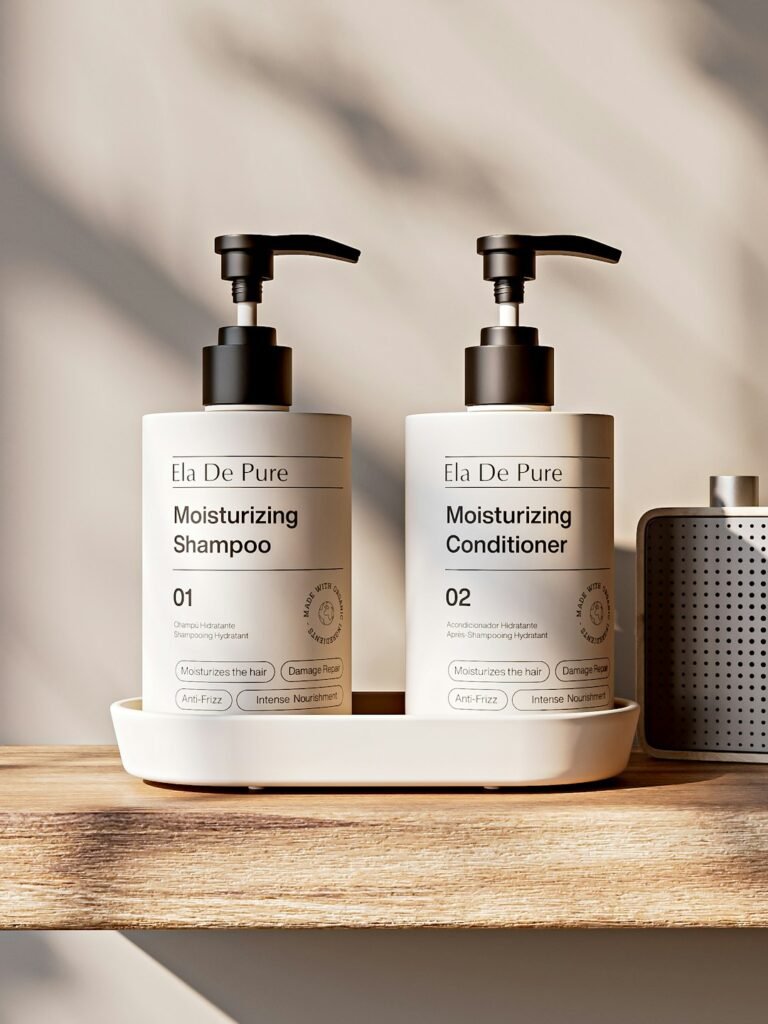
Aluminum oxide is a white or nearly colorless crystalline substance. Chemically, it is an oxide of aluminum with the formula Al₂O₃. It is known for its hardness and high melting point, which make it an ideal material for a variety of applications, such as abrasives and refractory materials.
Chemical Properties of Aluminum Oxide
Aluminum oxide is a stable compound that doesn’t dissolve in water, which makes it resistant to weathering. Its stability arises from its strong ionic bonds, which contribute to its durability and non-reactivity under normal conditions. This stability is a reason why it is widely used in various industries as it can withstand harsh environments without degrading.
Physical Characteristics
The crystalline nature of aluminum oxide contributes to its hardness and strength. It has a high melting point of about 2072°C, making it suitable for high-temperature applications. Its hardness is second only to diamonds, which is why it’s widely used as an abrasive in industrial processes.
Natural Occurrence
Aluminum oxide occurs naturally as corundum, and its gem-quality forms include sapphires and rubies. These minerals are valued not only for their beauty but also for their hardness. The presence of trace elements like chromium and iron gives these stones their distinct colors. This natural occurrence underscores the compound’s versatility and its importance in geological formations.
Common Uses of Aluminum Oxide
Aluminum oxide is used in a wide range of products and processes, including:
- Abrasives: Due to its hardness, it is used in sandpaper and other abrasive materials.
- Ceramics: It is a key ingredient in the production of ceramics.
- Sunscreens and Cosmetics: Used as a thickening agent and to provide a smooth texture.
- Industrial Manufacturing: Used in the production of aluminum metal and as a catalyst in chemical reactions.
Abrasives
The use of aluminum oxide in abrasives is widespread due to its hardness and durability. It is employed in sandpaper, grinding wheels, and cutting tools. Its efficiency in cutting and grinding metals and other hard surfaces makes it a staple in manufacturing and construction industries.
Ceramics Production
In ceramics, aluminum oxide serves as a critical component due to its high melting point and strength. It is used to produce high-performance ceramic parts, such as engine components and electronic substrates. Its thermal stability and resistance to wear and corrosion make it indispensable in these applications.
Role in Sunscreens and Cosmetics
In cosmetics, aluminum oxide functions as a thickening agent and provides a smooth texture to products. Its fine particle size allows for easy application and absorption into the skin, making it a favorite in sunscreens and makeup products. The compound’s inert nature ensures it does not react with other ingredients, maintaining product stability.
Industrial Manufacturing and Catalysis
Aluminum oxide is vital in the manufacturing of aluminum metal through the Bayer process. It also serves as a catalyst in chemical reactions, particularly in the production of sulfuric acid and hydrogen peroxide. Its ability to withstand high temperatures without breaking down makes it ideal for catalytic applications.
Is Aluminum Oxide Toxic?

The question of whether aluminum oxide is toxic is complex. Generally, aluminum oxide is considered to be relatively non-toxic. However, concerns arise from its potential to cause harm if inhaled in significant quantities or over prolonged periods.
Understanding Toxicity Levels
The toxicity of aluminum oxide is generally low, but it depends on the form and exposure level. While the solid form is safe, the inhalation of fine dust particles poses risks. The body’s mechanisms usually expel small amounts, but cumulative exposure, particularly in occupational settings, can lead to health issues.
Inhalation Risks
When aluminum oxide is present in the air in the form of dust, it can be inhaled. Prolonged exposure to high levels of aluminum oxide dust has been linked to respiratory issues. Workers in industries where aluminum oxide is used extensively might be at risk if adequate safety measures are not in place.
Skin Contact and Ingestion
For most people, skin contact with aluminum oxide is not considered harmful. It is often used in skincare products without any adverse effects. Similarly, incidental ingestion of small amounts is not expected to cause harm. However, as with any substance, excessive exposure should be avoided.
Health Effects of Aluminum Oxide
Respiratory Issues
Prolonged inhalation of aluminum oxide dust can lead to respiratory problems. These can include coughing, shortness of breath, and in severe cases, lung diseases. It is important for industries to implement safety measures, such as proper ventilation and protective equipment, to minimize exposure.
Potential Long-term Effects
There is limited evidence to suggest that long-term exposure to aluminum oxide could lead to more serious health effects. However, studies are ongoing, and it is always prudent to minimize unnecessary exposure to any chemical substance.
Recent Studies and Findings
Recent research has focused on understanding the chronic effects of aluminum oxide exposure. Studies have explored the potential for bioaccumulation and its implications for long-term health. While definitive conclusions are pending, these studies underscore the need for caution and further investigation.
Is Aluminum Oxide Safe for Daily Use?

by Ela De Pure (https://unsplash.com/@eladepure)
For most everyday uses, aluminum oxide is considered safe. It is used in a variety of consumer products, from cosmetics to cookware. Regulatory agencies have set safety guidelines to ensure that the levels of aluminum oxide in consumer products are within safe limits.
Guidelines and Regulations
Organizations such as the Environmental Protection Agency (EPA) and the Occupational Safety and Health Administration (OSHA) provide guidelines on exposure limits to aluminum oxide. These regulations are designed to protect workers and consumers by minimizing the risk of adverse health effects.
Consumer Products and Safety
In consumer products, aluminum oxide is used in safe concentrations, adhering to regulatory standards. This ensures that products like cosmetics and kitchenware do not pose health risks. Manufacturers are required to comply with these guidelines to ensure consumer safety.
Environmental Impact
Aluminum oxide’s environmental impact is minimal due to its stability and low reactivity. However, its mining and production processes can have environmental implications. Responsible sourcing and manufacturing practices are essential to mitigate any adverse environmental effects.
Aluminum Oxide in Cosmetics
Aluminum oxide is a common ingredient in many cosmetic products. It is used to improve texture and as an abrasive in exfoliating products. The levels used in cosmetics are generally considered safe for skin contact.
Consumer Safety
When using cosmetics containing aluminum oxide, it is important to follow product instructions. If any irritation occurs, discontinue use and consult a healthcare provider. It is also advisable to check for any allergies to aluminum compounds.
Benefits in Skincare
Aluminum oxide in skincare products helps in exfoliation by removing dead skin cells and promoting skin renewal. Its gentle abrasive properties make it suitable for sensitive skin when used correctly. This enhances the effectiveness of skincare routines without causing harm.
Innovations in Cosmetic Formulations
Recent innovations have seen aluminum oxide being used in newer formulations that enhance product efficacy. These include nano-sized particles that improve product absorption and application. Such advancements highlight aluminum oxide’s versatility and continued relevance in the beauty industry.
Conclusion
In conclusion, while aluminum oxide is generally considered to be non-toxic, it is important to be aware of the potential health risks associated with prolonged or excessive exposure, particularly in industrial settings. For everyday use in consumer products, it remains a safe and effective ingredient when used responsibly. As with all chemicals, following safety guidelines and regulations is key to minimizing any potential risks.
Importance of Awareness
Being informed about the uses and potential risks of aluminum oxide is crucial. Consumers and industry professionals alike should stay updated on safety guidelines and emerging research. This awareness ensures that aluminum oxide continues to be used safely and effectively.
Future Perspectives
As research continues, new insights into the effects of aluminum oxide may emerge. The development of safer industrial practices and consumer products will likely evolve with these findings. Keeping abreast of these changes will help in leveraging aluminum oxide’s benefits while minimizing risks.
By staying informed and taking appropriate precautions, you can safely benefit from the many applications of aluminum oxide in daily life.



Hi, this is a comment.
To get started with moderating, editing, and deleting comments, please visit the Comments screen in the dashboard.
Commenter avatars come from Gravatar.